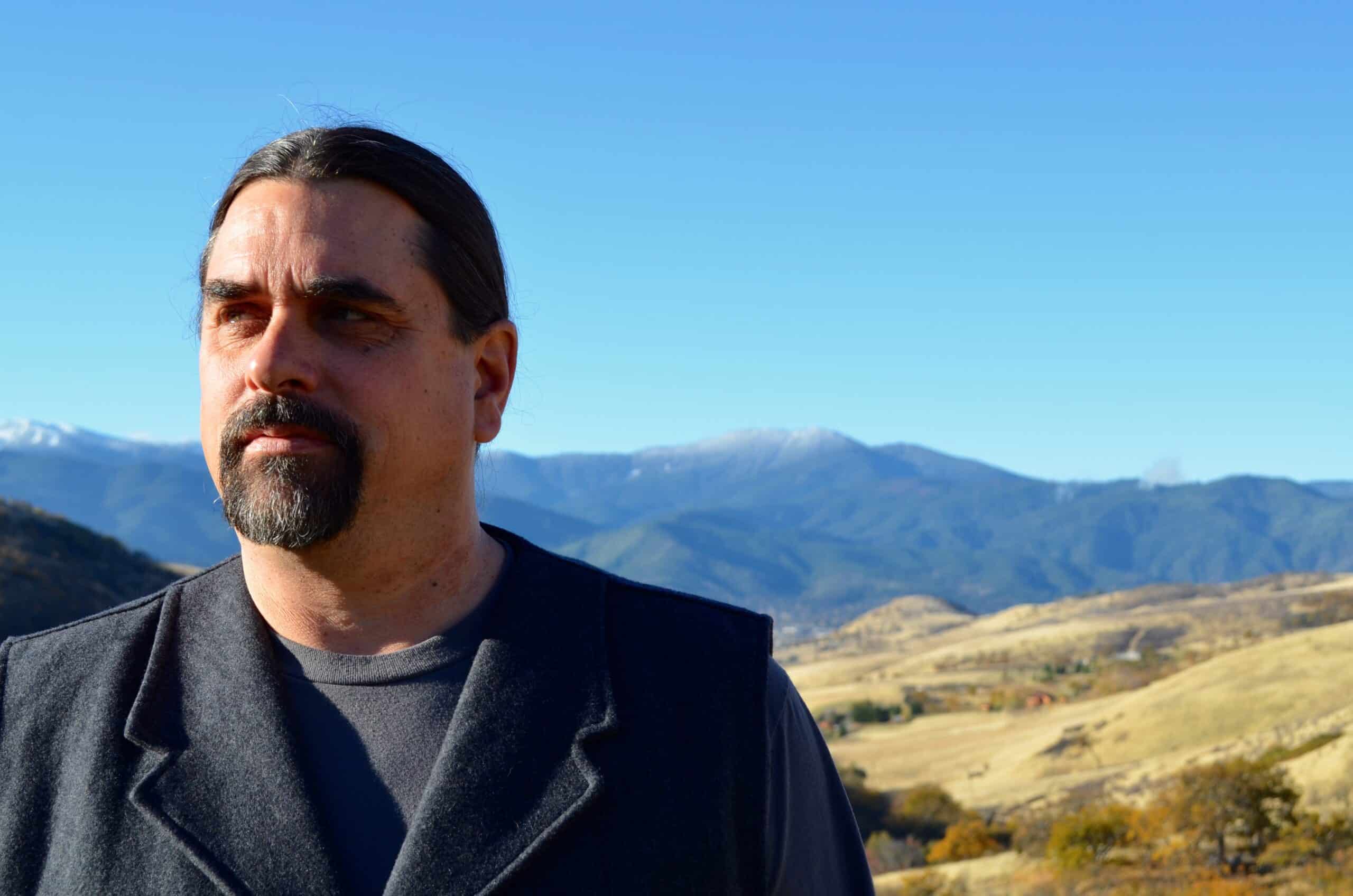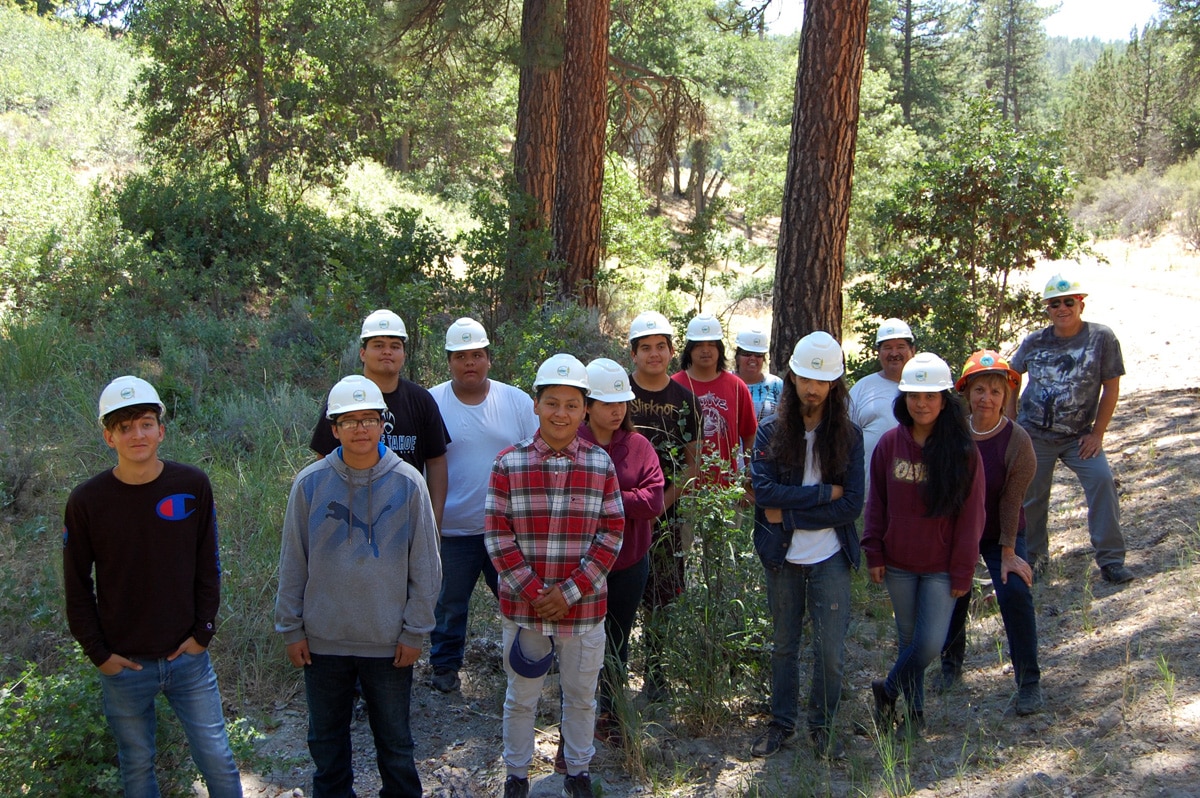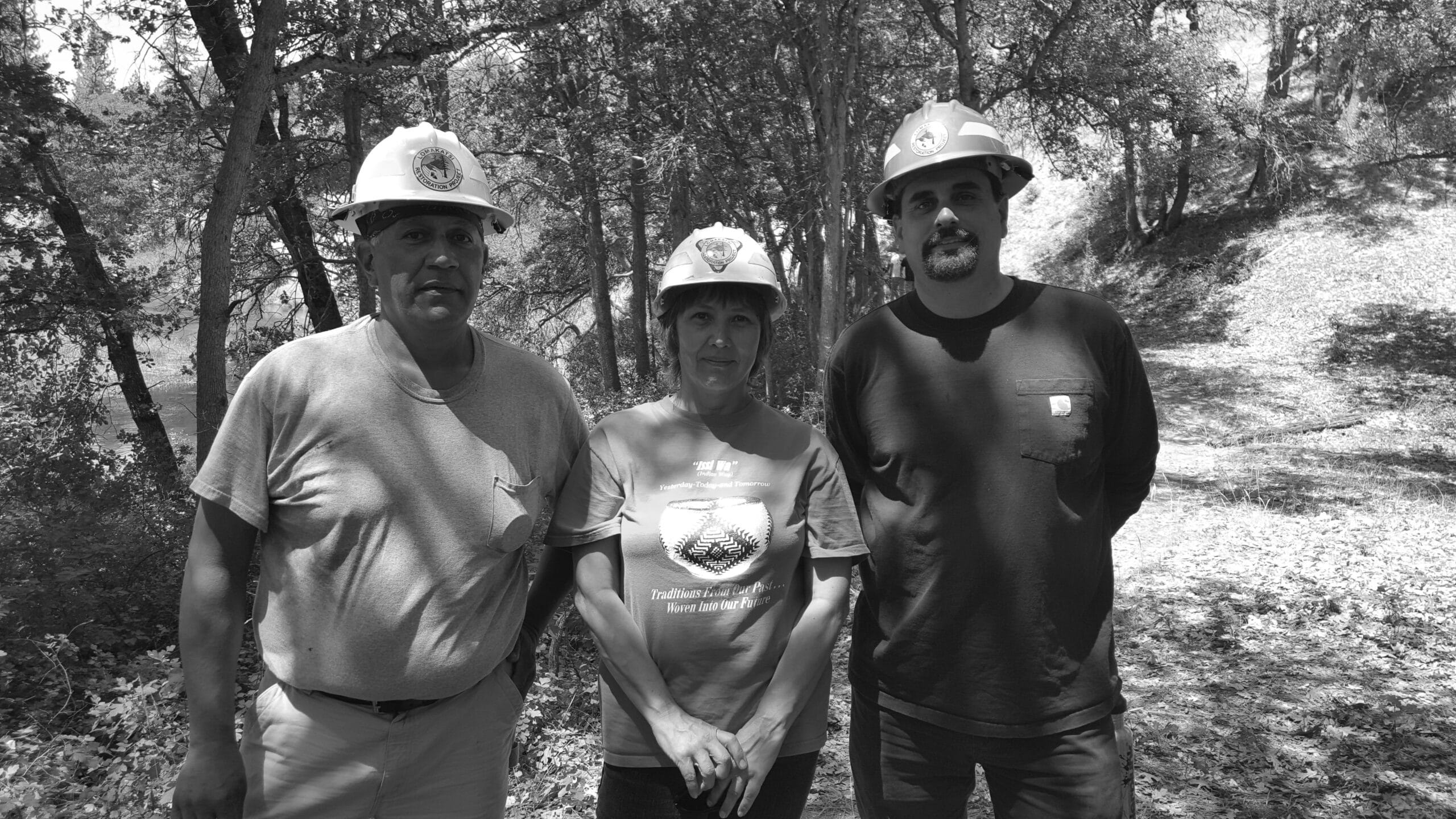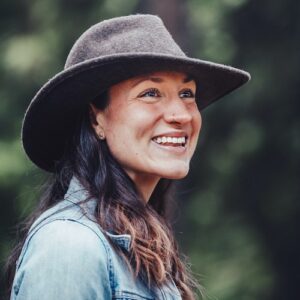Partner Profile: Lomakatsi Restoration Project
Marko Bey’s hometown isn’t much like where he lives now.
It’s hard to compare Queens, New York, to Ashland, Oregon.
A river basin may be one of the few features they share.
But Bey’s not racking his brain to find similarities between one of the world’s largest metropolitan cities and a relatively rural town in the West. He knows the differences. They’re why he purchased land, raised his two kids, and started a business here.
“30 years ago I fell in love with a landscape,” said Bey. “I’ve worked to protect it ever since.”
He’s done more than just protect a landscape over the last few decades.
In 1995, Bey co-founded Lomakatsi Restoration Project, a nonprofit, grassroots organization developing and implementing forest and watershed restoration projects in Oregon and northern California. Now the organization oversees restoration across thousands of acres of forests and miles of streams, in cooperation with a broad range of partners, including federal and state agencies, Native American tribes, schools and nonprofits like The Freshwater Trust (TFT).

Lomakatsi was born of Bey realizing a few things.
First, Oregon’s economy was mostly extractive.
“Back then, it was the era of the big trees, and the practice of clear-cutting was booming,” he said.
Second, the environment and people are intrinsically connected and they should be treated as such.
“I wanted to create local jobs in the woods that were based on restorative actions, not just extractive ones,” he said. “The environment is connected to both communities and the economy and vice versa. I wasn’t seeing all of those things work together, despite the fact that they’re inseparable.”
So with the help of long-term colleague Justin Cullumbine, they co-founded Lomakatsi to change what they witnessed. The ethic behind the organization is encompassed in its name, the Hopi word for “life in balance.”
TFT’s Restoration Project Manager Eugene Wier was one of Lomakatsi’s first volunteers, years before the organizations ever partnered.
“From the beginning, they’ve always taken a holistic approach and understood that you can’t fix streams and rivers without working to improve the forests and farmlands they’re connected to and supporting the communities where the work is actually happening,” he said.
A handful of volunteers became 25 full-time program staff and 60 restoration workers. There are 40 others who work seasonally. Bey calls it the “Green Collar Workforce,” and it’s as diverse a group as they come.
Some have college degrees. Others haven’t finished high school. They’re Native American, Caucasian and Latin American. The youngest is 14. The oldest is 68.

“We hire in a way that reflects the communities we’re working in and will help to build a sustainable and local restoration economy,” said Bey. “We don’t just want to bring people into the places we’re working. We want to empower people who are already in these communities to better understand their connection to the environment and to have lasting work that they may otherwise struggle to find in place like this.”
In 2002, the Tribal Ecosystem Restoration Partnership Program was founded to provide long-term, skilled jobs to tribal members. In turn, the members enhance the organization with traditional ecological knowledge.
“Creating career opportunities in ecological restoration so our tribal people can remain as the first, best stewards of our ancestral homelands is vital to healing watersheds and our communities,” said Belinda Brown, an enrolled member of the Pit River Tribe who serves as Lomakatsi’s tribal partnerships manager.
TFT and the tribal program work together on revegetation projects along South Fork Little Butte Creek, a 17-mile tributary of the Rogue River.
“This is a way for tribal members to connect to their natural resources,” said Nicole Del Pizzo, riparian restoration manager and education director with Lomakatsi. “It’s a chance I think everyone should have.”
When Del Pizzo says “everyone” she includes fourth-generation logging families who struggle to make ends meet in a shrinking industry, Latino communities, and youth.

“We’re often working in places where kids might not otherwise be exposed to jobs like these,” said Del Pizzo. “We allow them to start building a future in a field they never even knew existed.”
Thousands of K-12 students have passed through their programs. Del Pizzo and Bey follow their achievements and next steps. They recount one teen that became a wildlife biologist. Others are buying homes and planning families.

“Some of them don’t go on to work with us,” said Del Pizzo. “But they take the skills we taught them and put them to work for the tribes and federal and state agencies.”
On Lomakatsi’s 20th anniversary, the nonprofit reported it infused more than $25 million into local economies. Thirteen miles of stream had been restored and 800,000 trees and shrubs had been planted. Projects were implemented on more than 35,000 acres of private and public land.
A portion of the last two decades of work has been done in collaboration with TFT. Lomakatsi has also been the recipient of two awards for restoration along Lone Pine and Bear Creeks through Pacific Power’s Blue Sky Habitat Fund, a grant program coordinated by TFT.
“We have a lot in common,” said Wier. “Working together is how we can take better care of not just a landscape, but our neighbors, and well … our home.”

Marko and Lomakatsi tribal staff leadership--Belinda Brown and Joe Ochoa
Enjoying Streamside?
This is a space of insight and commentary on how people, business, data and technology shape and impact the world of water. Subscribe and stay up-to-date.
Subscribe- Year in Review: 2023 Highlights
By Ben Wyatt - Report: Leveraging Analytics & Funding for Restoration
By Joe Whitworth - Report: Transparency & Transformational Change
By Joe Whitworth - On-the-Ground Action – Made Possible By You
By Haley Walker - A Report Representing Momentum
By Joe Whitworth

